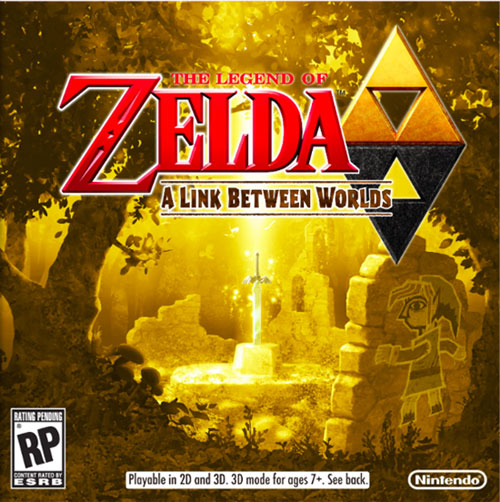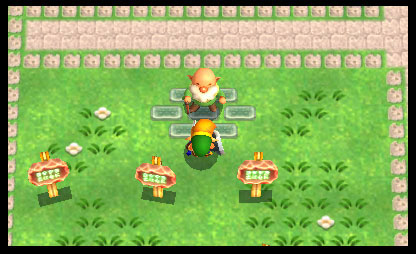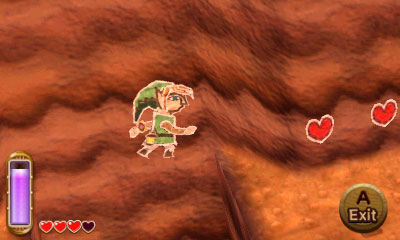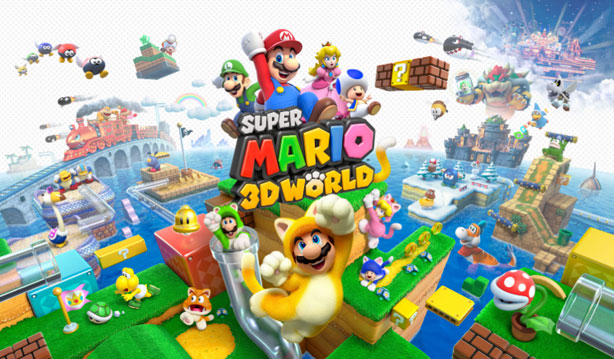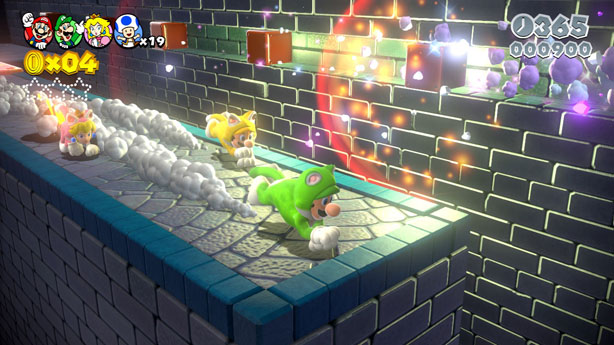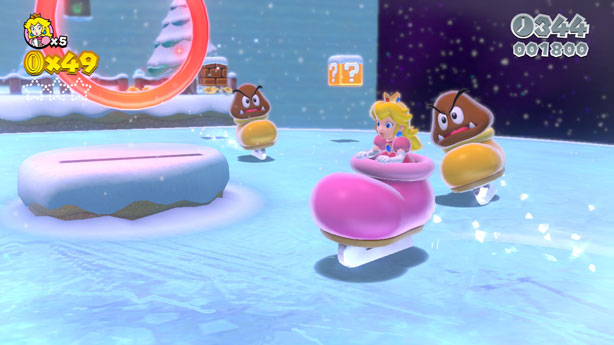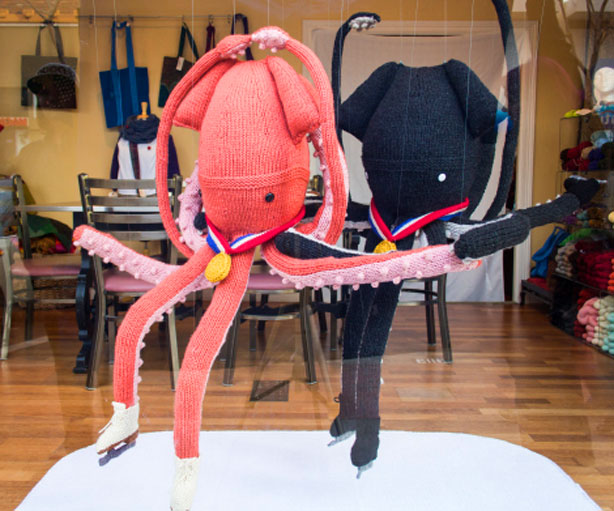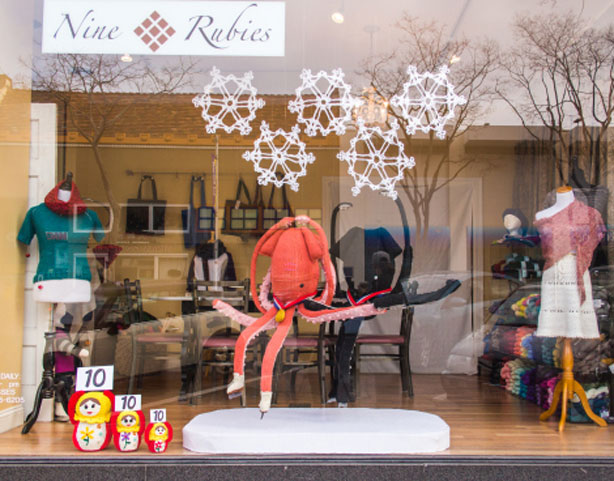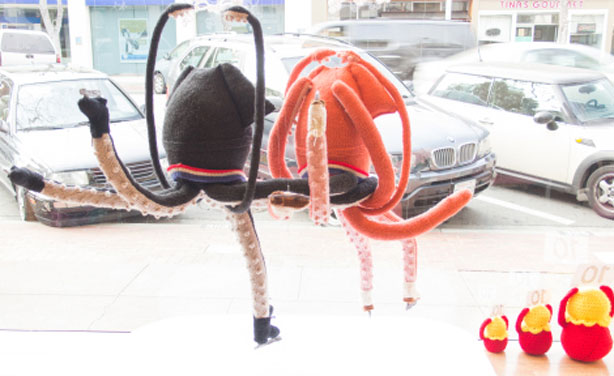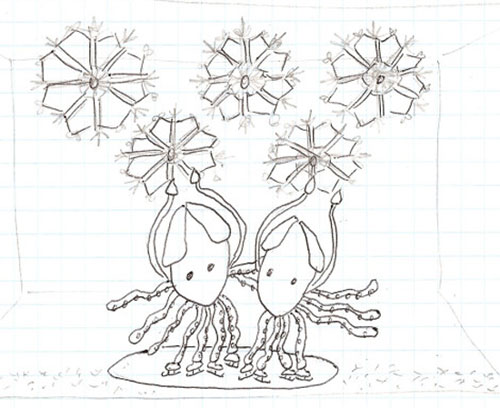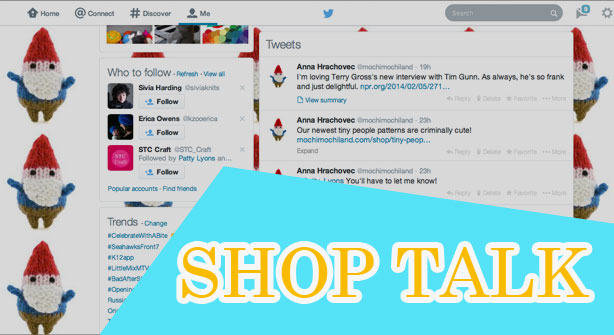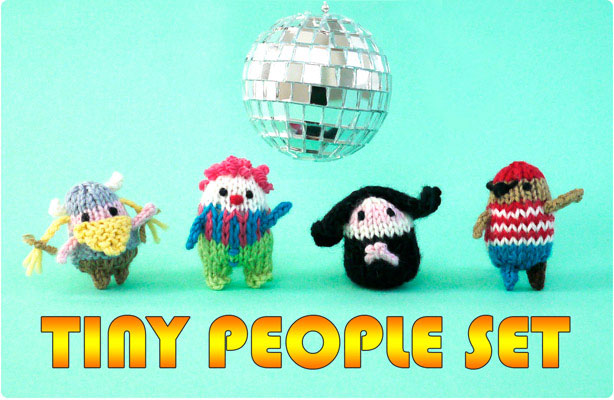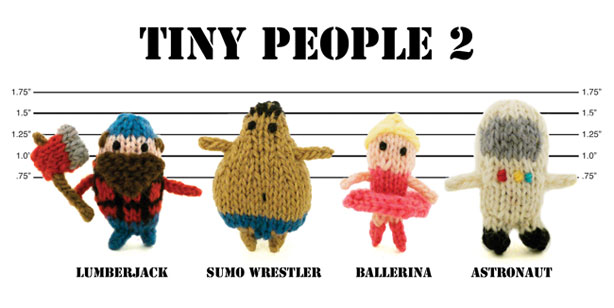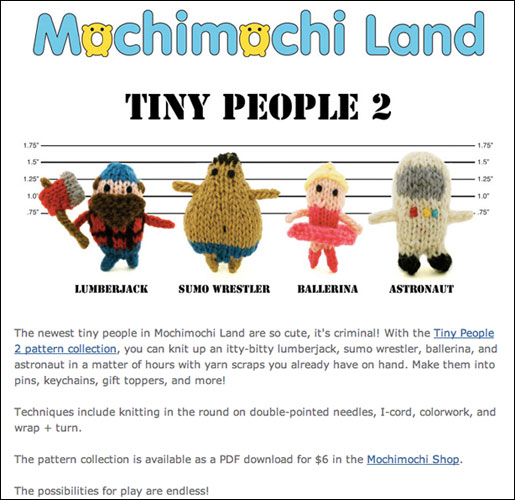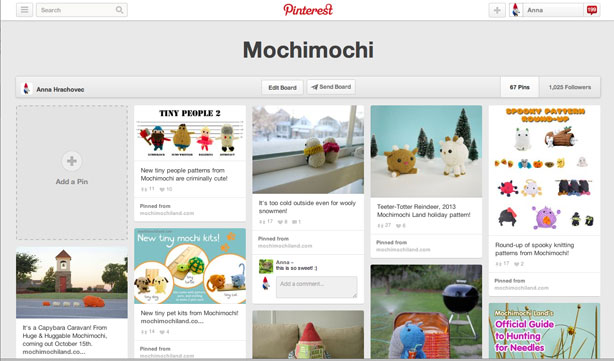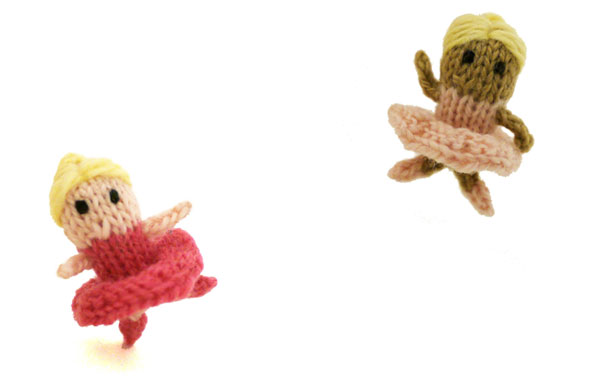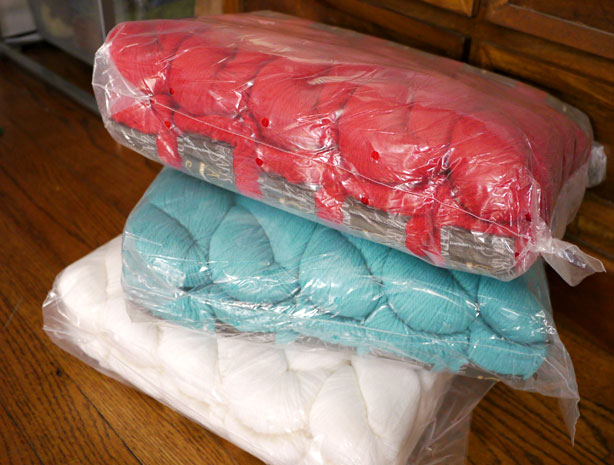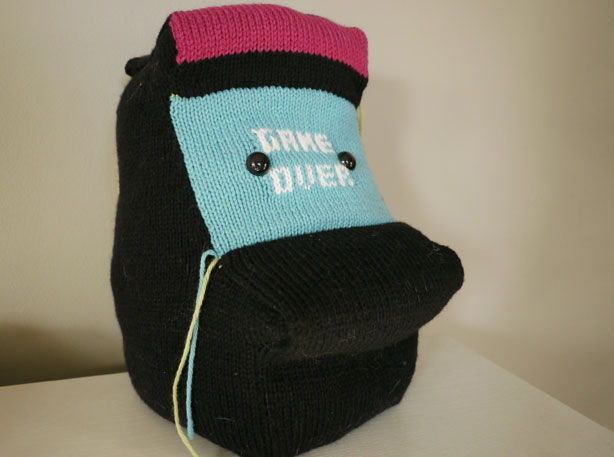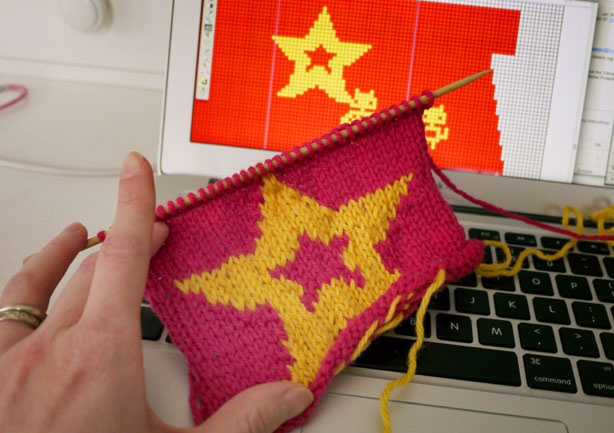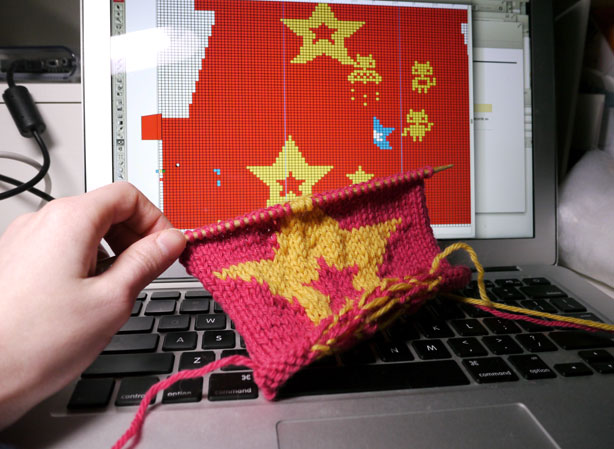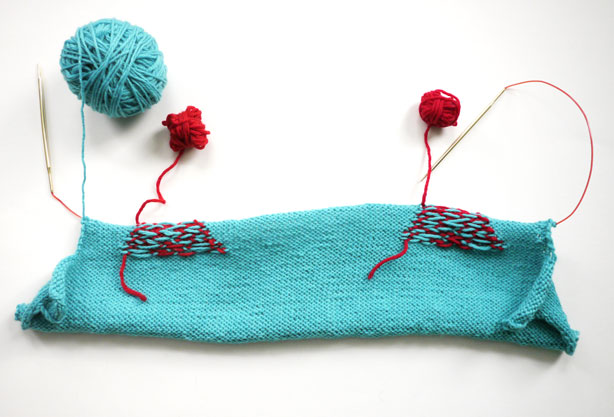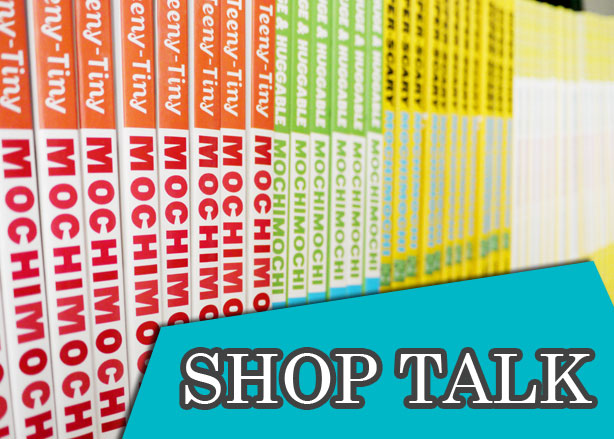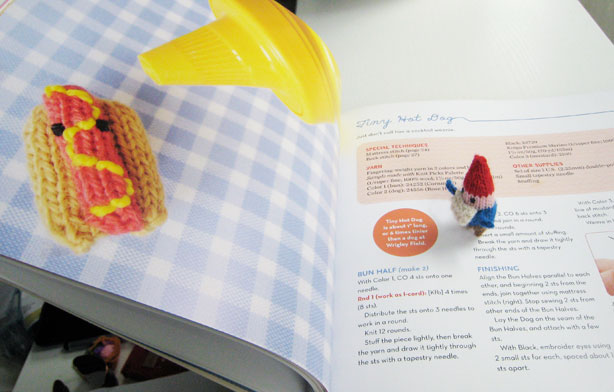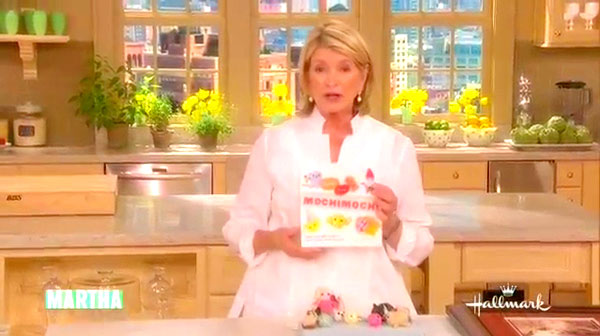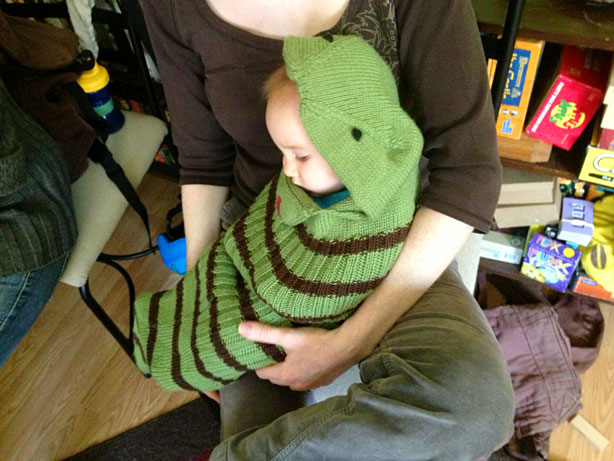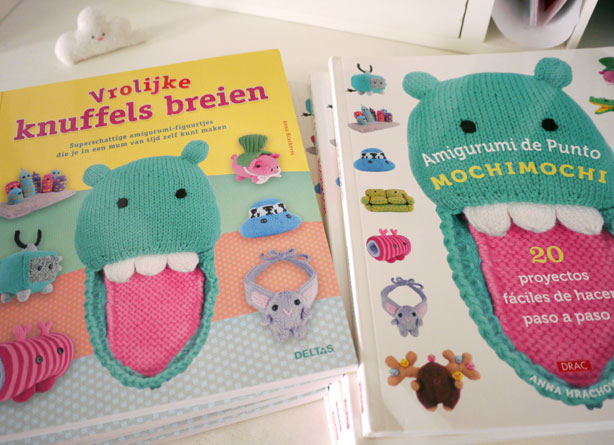My hands are usually too busy for video games, but every couple of years I make an exception for a game that really draws me into its world. It happens that during this coldest winter ever I’ve managed to pour many hours into TWO games, both big Nintendo series that I enjoyed way more than I had expected. And each is cute in its own way!
There wasn’t really a question about whether or not I would play Zelda: A Link Between Worlds, the new 3DS game. John got me into the Zelda games back when we were dating in college, and since then I’ve played all but one or two of them. The Zelda story is a classic, and the games are always quality, but I wasn’t convinced this time that I’d love going through all the Zelda-y motions again, with the same (or similar) characters and plot twists that are now familiar to me. But this game surprised me! First of all, it’s in the top-down Zelda world, which is always cuter than the first-person world.
As a 3DS game, it can be played in 3D mode, which really does work. But that wasn’t the big selling point to me—I found that playing in 3D was interesting for the first few minutes, then I didn’t notice the 3D-ness after that. Actually, the best part about this game is the very opposite of 3D: a new ability to merge into a wall like an animated painting.
Becoming two-dimensional may not sound so impressive, but the game designers found lots of clever ways to incorporate the ability, adding some real freshness to the game. You can sneak by enemies, of course, but you can also get to hidden places, squeeze through tiny crevasses, and go through portals to Lorule, the dark “opposite world” of Hyrule.
Usually when I get to the end of a Zelda game I’m happy to see it through, but I was a little sad when this one came to an end. It was the perfect winter break companion, and finishing it meant it was time to get back to real life. I’m sure there will be another Zelda game soon enough, and if it has a bit of the same innovation as this one, I’ll be the first to get it!
The other game I’m excited about lately was even more of a surprise to me.
Super Mario 3D World for the Wii U is the best multi-player game that I’ve ever played. I’m not as much of a Mario fan: I played the early games at a friend’s house when I was a kid, and I’ve played a few minutes of other Mario games that have come out in years since. They’ve always struck me as a bit boring, or a bit hard… something was always not quite there for me. But this game is excellently designed for maximum fun, and it’s ideal as a couples game—there are plenty of opportunities for teamwork, and it also solves potential skill level gaps in clever ways, so nobody feels bored or out of their league. (We tried all of the characters, but settled on John playing as Mario and me as Toad.) The designers clearly put a priority on fun and originality with this game, which must be hard when soooo many Mario games have come before.
Best part: a cute new cat suit!
It’s a power-up that makes really great sense, and it’s nice to see someone finally acknowledge all the special abilities that would come with being a cat (namely, climbing walls and scratching out enemies’ eyes).
Other best part: you can ride around in a giant skate!
That’s just one of the fun surprises that make this game truly feel like play. And there are so many worlds to unlock, John and I have thought we had reached the last one three times already, and there’s still more to do. I can’t say that it’s worth it to get a Wii U just for this game, but I want to say that it’s worth it. It’s worth it if you have the money and time to play, or if you have a husband who writes about video games and has to get all the newest systems for work.
That may be all the gaming I’ll have time for this year, but these games were just the best compensation for the bleak weather outside this winter, and I think they even inspired me a little bit with their originality!

